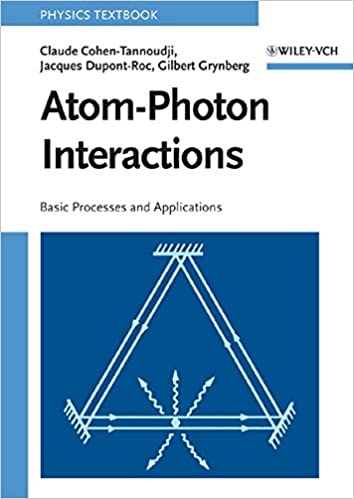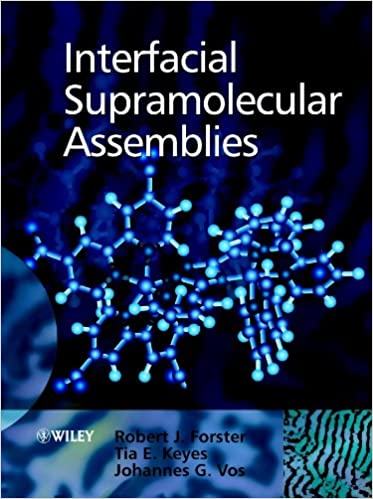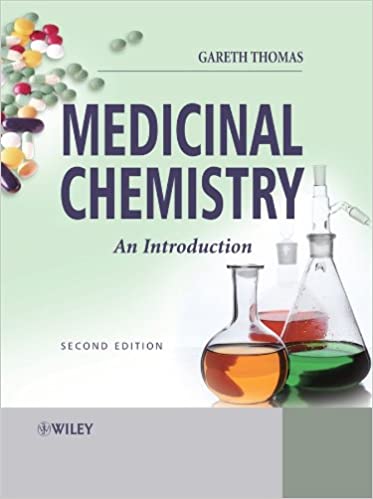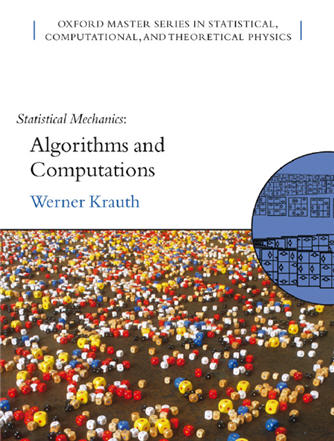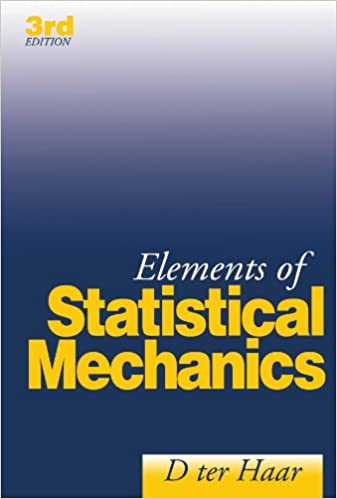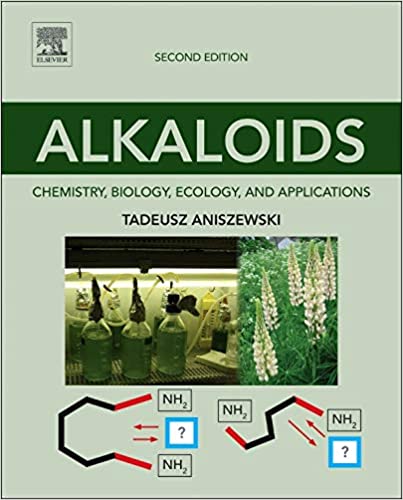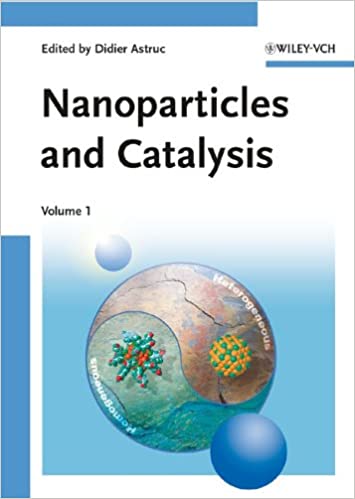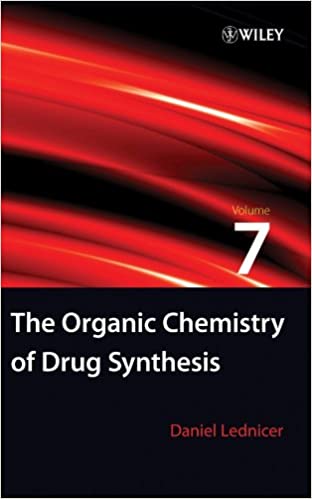![]()
Monday, November 29, 2021
Saturday, November 27, 2021
Wednesday, November 24, 2021
Fundamental Rethinking Of Federal Education Policy
Now is the time to begin a focused discussion of education reform at the national level and that this discussion should be rooted in an appreciation of and understanding of the reform successes among the states. Washington, in other words, can learn a great deal from what has happened to education among the states and should look to the states for ideas and solutions. That would be a profound transformation in a set of policies and programs that have signaled to states that ideas – and rules – flow from Washington.
This is the moment for fundamental rethinking of federal education policy and for supporting at the national level the reformation of public education that is beginning to take place at the state and local levels. The central organizing concept for this much-needed transformation is student achievement. Results in student achievement must be emphasized and reported in a way easily understood by parents and taxpayers, creating an academic bottom line. Everyone in public education – at the federal, state and local levels, elected officials and professional educators – must focus on that bottom line and be held to account for it.
Public education is undergoing an overdue transformation. The tides of accountability, innovation and flexibility are sweeping the education landscape at all levels – except one. Federal policy has simply not kept up with the pace of reform occurring at the state and local levels. It now must change to complement and support this new reality. No longer should energy and ideas be thought to flow from Washington outward. It is time for the federal government to contribute to this flow. Americans are better informed than ever about school performance and its implications for our future, and feel a sense of urgency to take decisive action to improve their children's education.
This urgency is shifting the policy focus at every level of government. Examples abound of localities placing the educational needs of children and desires of parents over the ingrained habits of systems. Educators are focusing on improving student achievement rather than strict compliance with process and procedure. Superintendents and school boards are adopting policies that free the creativity, energy and unique abilities of communities, enterprising school leaders and committed teachers. Responding to the needs of students, parents, educators and communities, states have adopted high academic standards with rigorous assessments to measure student performance. Student achievement is being emphasized and reported in a way easily understood by parents and taxpayers, creating an academic bottom line. Those responsible for producing that bottom line are accountable for results, not simply for intentions or efforts.
Education choices have been increased through initiatives such as strong and autonomous charter schools. Efforts are underway to improve the quality of teaching and reduce the regulations that make it difficult for the best and brightest to enter and remain in the profession.
Despite these changes, federal programs enacted generations ago have been pushing in the wrong direction: toward ever-stricter micro-management from Washington via thousands of pages of laws and regulations. Increasing procedural controls, input mandates and rules seem to have become an end themselves, with little consideration of whether they actually are improving student learning. We understand that education initiatives, policies and practices are strongest when generated by those closest to the children being served, and weakest when imposed upon communities through federal mandates and regulations. The federal government has a legitimate role in supporting national priorities in education. It does not follow, however, that every issue that concerns someone in Washington should have a corresponding federal program or that every legitimate national priority is best attained via rules set in Washington.
This approach makes sense to most citizens, but in practice it will require overcoming years of ingrained assumptions about the proper roles of the federal, state and local governments in providing America's children with a quality education.
Title I came into being as part of the landmark ESEA of 1965 and remains the centerpiece of the federal role in public education. Its purpose always has been commendable: to boost academic performance of poor and disadvantaged children and reduce the performance gap between rich and poor students. Despite this clear and present commitment, Title I has failed to deliver the results it promised. The academic achievement of disadvantaged students has not been significantly improved, and the performance gap between rich and poor has not been significantly narrowed.
Perhaps the most glaring example of a critical area where Title I efforts have failed to produce results is reading. Despite a purported emphasis on reading and language arts, reading preparedness in our schools is severely lacking. A great deal has been learned about how and when to focus on reading and reading readiness. This research indicates that the quality of early childhood literacy programs predicts later reading success and language development, and offers greater potential for overall academic success.
This legacy of failure results largely from misplaced priorities and flawed design. Chief among these shortcomings are a focus on process rather than results, a proclivity for funding school systems rather than children, and a design that leaves parents on the outside looking in as decisions are made that affect their children's education and future.
In many states, nearly 39 percent of state education department staff are required to oversee and administer federal education dollars, though they account for only about 8 percent of total spending. A needed focus on improving the academic performance of disadvantaged children has taken a back seat to demands that money be spent in dictated categories and that mandated processes be meticulously followed and accounted for. Though the federal contribution to education is small, it has a dramatic effect on state and local policies. Today, more and more, that effect is slipping from positive to neutral to harmful.
Bureaucratic micro-management of inflexible and burdensome regulations never will improve the education of a single child. Washington must recognize the proper role of state, local and school leaders to set priorities and make decisions on how to achieve educational goals. It also must recognize the primacy of parents as children's first and most important teachers.
In exchange for this freedom and flexibility, state and local officials should be held accountable for delivering results for all children. Meaningful accountability requires clear and measurable standards, and annual assessment of student learning at the state level. On this basis, there should be rewards for success and real consequences for failure. This point is critical to assuring that all children, regardless of income or location, receive the quality education they deserve.
If our democracy is to endure and prosper, we cannot continue to tolerate two systems of education – one of high expectations for the children of the fortunate and one of lesser standards for children of poverty and color. What is most important is that it need not be this way.
It is a matter of faith among all educators that the involvement of parents is a vital component of educational success, particularly among disadvantaged students.
Yet, as currently configured, the system denies parents the opportunity to take action on behalf of their children when schools fail them. Federal policy has more than a little to do with that denial.
It is a matter of justice that parents should have the ultimate authority to decide what type of education their children receive and that federal dollars – like state and local dollars – should follow the lead set by parents.
We are well aware that "school choice" is a contentious issue in America today and that states have reached different decisions about how much of it to encourage and allow. We are well aware that state constitutions and laws bearing on school choice are highly varied and that feelings on this issue sometimes run strong. In this sensitive domain, we are convinced that the only policy that makes sense for Washington is strict neutrality. The federal government should neither impose education choices on states that do not want them nor retard the practice of choice in states that do. Today, however, federal programs impede the exercise of choice even where state policy permits it.
In this area as in others, Washington should defer to the states. Federal dollars should be "portable," i.e. attached to eligible children, but states and communities should set the limits. Federal dollars should "travel" with children as far as states permit their own education dollars to travel. That is the formula for "neutrality" and we are convinced that it is the only acceptable policy for the federal government to espouse in this area. States must decide the range of options available to children, and federal dollars should follow.
Jeff C. Palmer is a professor, success coach, trainer, Certified Master of Web Copywriting and founder of https://Ebookschoice.com. Jeff is a prolific writer, Senior Research Associate and Infopreneur having written many eBooks, articles and special reports.
Source: https://ebookschoice.com/fundamental-rethinking-of-federal-education-policy/
Tuesday, November 23, 2021
Monday, November 22, 2021
Saturday, November 20, 2021
Thursday, November 18, 2021
Tuesday, November 16, 2021
New Teachers Are Receiving Support, Orientation, And Formal Training

As a shortage of teachers grows toward crisis proportions, the nation's schools are struggling against twin burdens to hire well-prepared new teachers and to keep them from leaving the profession. Many schools, particularly those in urban areas, have turned to formal programs of training and support for novice teachers as a way of easing what for many is a make-or-break first year, according to a new study. The study contends that the scope and quality of these induction programs has taken on unprecedented significance in the face of the nationwide demand for teachers.
The attrition rate among new teachers stokes schools' hiring needs. Nationally, more than 19 percent of new teachers leave the classroom within three years. Nearly 11 percent leave in the first year of teaching alone. This is part of the reason for the projected need for 198,000 new teachers a year over the next decade, with demand highest in urban districts.
The school districts responding to a new survey reported an average 89 percent retention rate for teachers participating in their induction programs. The data show unequivocally the importance of induction programs in helping to reduce high teacher turnover and in bridging the gap between teacher preparation and the reality of the classroom.
Although more new teachers are receiving support, orientation, and formal training in their crucial first year in the classroom, how their induction experience is defined varies widely, according to the study. Despite wider acceptance of the idea of formal induction, the quality and scope of the programs range "from comprehensive to cursory."
The study found, for example, that mentoring by veteran teachers is one of the most common activities cited by school districts as part of their induction programs. But the roles, responsibilities, training, and deployment of mentors vary enormously across different school systems. In addition, not all districts offer release time, stipends, graduate credits, tuition, or other incentives to mentors. While 88 percent of school districts described their programs as "formal, in-depth and sustained," more than a quarter of them said their programs did not serve all new teachers.
In education, teachers who make the transition from novice to seasoned professional often do so by navigating solo through uncharted waters. What new teachers experience is in stark contrast to the experiences of medical residents, law associates, and even rookie basketball players, who are required to go through extended training, development, and mentoring during their respective induction periods. Few areas of the professional development continuum are as important as the induction years.
Nationally, more than 49 percent of first-year public school teachers participate in some type of induction program, while the participation rate rises to 58 percent for new teachers hired to work in urban schools.
The study found that induction programs improve new teachers' knowledge, skills and performance, provide personal support, introduce new teachers to school system norms and procedures, and familiarize them with school system values. While states have grown more active in pushing for teacher quality, school districts have taken the lead in establishing and coordinating induction programs, with or without state funding. The study found that 79 percent of the programs were managed by school district personnel, typically without higher education (or other) partners.
Among the recommendations to federal, state and local policymakers and school leaders to consider as they develop policies and strategies to meet the needs of novice teachers:
- View induction as a multiyear, developmental process. Inductees have different needs as they pass through stages of their professional development, ranging from basic survival to teacher leadership.
- Train principals so that they understand how to orient and support inductees. Principals need training in effective ways to create supportive working conditions, develop mentoring and informal support relationships, assign classrooms, and recognize and address inductees' professional needs.
- Establish a first-class mentoring program backed up by enough funding to serve all eligible inductees. A formal process should be set up to identify and train highly competent classroom teachers to work with and mentor inductees on a regular basis. Mentors should be given release time to observe, coach, and demonstrate lessons, and to attend meetings. They should be offered stipends to cover their time and materials, assistance from district coordinators, and annual evaluations.
- Link new teacher evaluations to district- and state-level standards. Inductee performance assessments should be both formative (for improvement) and summative (for decisions about employment status).
- Invest in technology to facilitate communication among teachers. Electronic mail, online forums, and bulletin boards are easy and inexpensive ways for inductees to share ideas, concerns, and encouragement, and communicate with mentors, program directors, and university faculty.
- Evaluate induction's effectiveness in resolving attrition and building teacher competence. Effective programs require regular evaluation of all program components and desired outcomes.
The new study is based on 209 usable responses to a survey of 985 school districts in large cities and towns. The districts were located in 36 states and the District of Columbia. As part of their study, the researchers conducted a review of existing literature on induction and visited programs in 16 major cities. Those cities were: Albuquerque; Cincinnati; Chicago; Clark County (Las Vegas); Jefferson County (Louisville); Los Angeles; Minneapolis; Norfolk; Rochester; and San Diego.
Our challenge, as a nation, is to prepare and sustain the best teachers in the world. All teachers should participate in an ongoing collaborative and comprehensive effort to improve their teaching skills and increase the achievement of their students.
New legislation would create a new formula program to fund skills and leadership training for mentors, to ensure that mentors have the skills necessary to help our newest teachers, in addition to team teaching, peer observation and coaching, curriculum-based content training, and dedicated time for collaborative lesson planning. The legislation would also provide teachers opportunities to visit other classrooms to model effective teaching practice; training on integrating technology into the classroom, addressing the specific needs of diverse students and involving parents; and partnerships between elementary and secondary schools and institutions of higher education to provide advanced training opportunities.
Jeff C. Palmer is a professor, success coach, trainer, Certified Master of Web Copywriting and founder of https://Ebookschoice.com. Jeff is a prolific writer, Senior Research Associate and Infopreneur having written many eBooks, articles and special reports.
Source: https://ebookschoice.com/new-teachers-are-receiving-support-orientation-and-formal-training/

